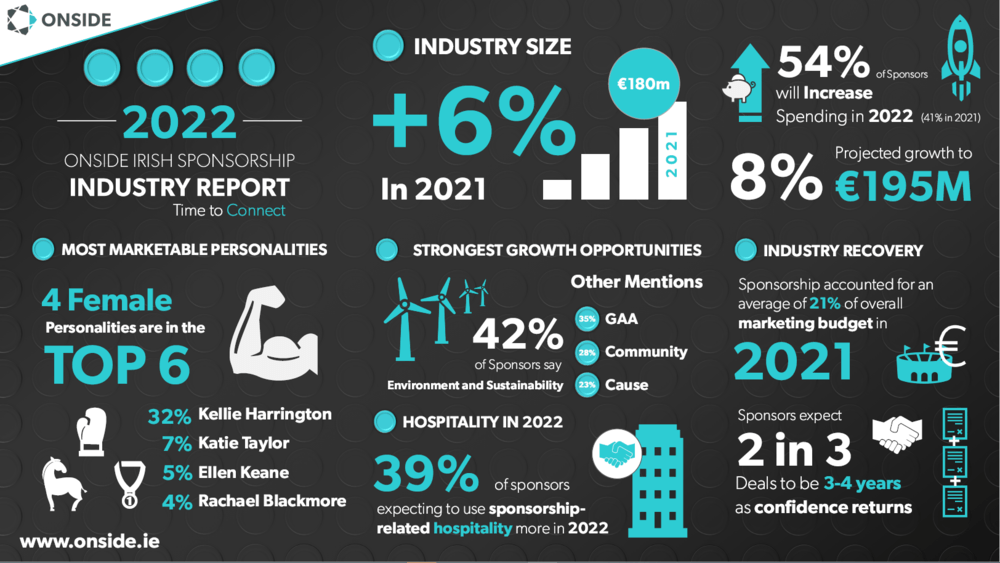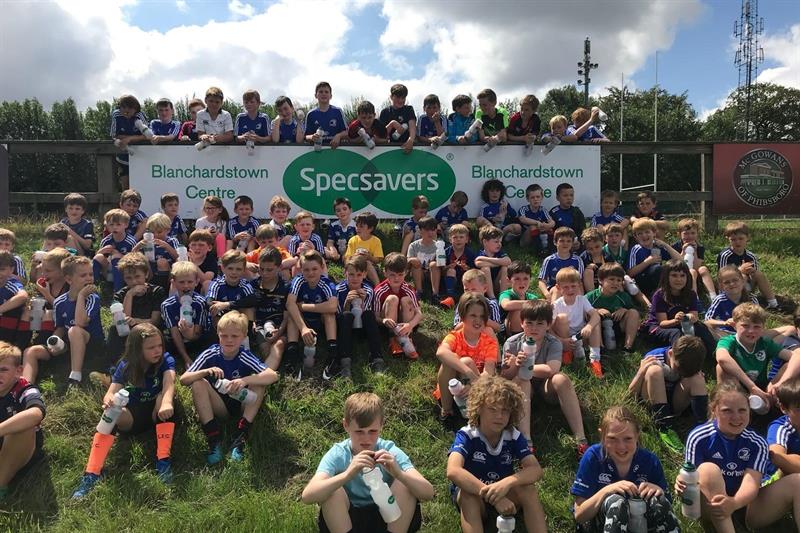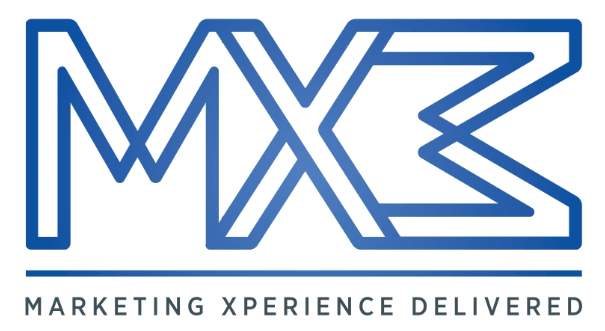Sponsorship Should Be A Business Partnership
Sponsorship- A Vanity Activity Or A Serious Marketing Tactic?
In this post. I'd like to discuss this topic in three sections. The first will be about sponsorship in general, the second about being a sponsor (the sponsor), and the third about being a rights holder with a property that can be sponsored (the sponsee).
Has The Sponsorship Model Changed?
It's not that there is a new sponsorship model, per se, but it is obvious that there are still some brand managers out there clinging to a belief that previous modus operandi will work. However, with current lifestyle trends, societal changes, and technology growth there is a new breed of fan.
The old model of sponsorship goes something like this:
“If fans love a property, and we sponsor that property, they’ll transfer some of that love to us. So, we make it obvious that we are involved, and eventually some of the property attributes will transfer to our brand."
The thing is, those fans mentioned can spot a sponsor's intended manipulation a mile away. What the fan really wants is simply for a sponsor to enable a better experience. Hyperactive branding, intrusive promotions and product endorsements do not do that.
Similar to marketing activity, in MX3, we believe that the look of sponsorship may change dramatically from one year, market, geography, or event to the next, but that the bones of it stay the same.

Sponsorship as a Marketing Tool
If a brand sponsors something without understanding the culture and passion behind it they will be wasting most of their money. If they're prepared to disrespect the fans and their experience, then the best you can hope for is to be ignored.
We know that fans across the spectrum continue to exert more power in the sponsorship equation. Therefore, selfish, tone-deaf sponsors, in favour of a ham-fisted marketing tactic that puts brand needs above the needs of the people they’re trying to influence - will attain no ROI.
From our experience working in the sponsorship arena, our simple advice to people is, “if it doesn’t matter to the person that your business wants to engage with, it doesn’t matter”. We call this the litmus test of sponsorship because it is focused on a business objective.
The challenge, when using sponsorship as a marketing tool, is to deliver stories that are meaningful to the people you’re trying to get close to. This should be the same whether they have anything directly to do with your brand or not.
If brands think about sponsorship from a storytelling point of view, they suddenly have a vast array of stories to tell – stories that matter to people, and that they’re hungry to hear.

So you want to be a sponsor?
If you are considering becoming a sponsor you can do your own research, or invite applications from event owners looking for sponsorship. I would recommend the former. If you can do it yourself, there are certain filters that you should consider as a first step.
There should be a meaningful brand + event connection. It should be relevant, in the main, to a target audience, but always based on business objectives. Make sure that the owner/organiser is professional i.e. has experience and appreciates that they see it as a business investment from you.
Both you and your finance department should agree upfront on what ROI is expected, during what period it will be generated and how it will be measured.
When you embark on a partnership, your involvement must be authentic, personalised and involved. If you don’t have the expertise (or the time) in-house, hire professionals who can maximise your impact.
The main thing to remember is that sponsorship is a marketing investment, so it should be serving a business strategy in the best way possible. When used properly, it can be one of the most flexible, engaging and simplest marketing tools for any organisation.

So you want to be sponsored?
In MX3, we have spoken to many clients and prospects about the golden rule of obtaining sponsorship for an event. The simple rule is to step into the shoes of the potential sponsor.
Of course there are various types of sponsorship that exist, so tangible benefits will vary. However, if you want a sustainable and mutually beneficial relationship with a sponsor, you must understand what the sponsor’s needs and expectations are.
The first step is to identify what tangible and intangible assets you have to offer a sponsor. This is a critical part of getting ready for sponsorship because what you have, and what you think you have, can differ greatly. Let’s have a look at a few of the obvious ‘tangibles’ you may have.
- Naming rights – e.g. title exclusivity, associated rights, supplier rights.
- Brand exposure – e.g. promo campaign, signage, uniforms, online presence, stalls.
- Business networking – e.g. fellow sponsors, political exposure, event owners / clients.
- Merchandising – e.g. product sampling, demonstrations, trials, launches.
- Brand story amplification – e.g. advertising support, CSR, activity theme.
- Customer engagement – e.g. VIP areas, tickets, hospitality, discounts, registration.
- Staff benefits – e.g. morale building, staff volunteering, family tickets.
The list of benefits is endless because of the intangibles, but the important point here is to work out what benefits are relevant to each potential sponsor.
A potential sponsor might not want any of the above mentioned tangibles. You cannot assume that you know what they want. You have to make an effort to find out. No, this is not an easy exercise, but it is the one thing that will get you noticed in the sea of proposals that a business will receive every week of the year.
When a business looks at a sponsorship proposal they want to see that you have spent some time understanding their needs. They know you want money, of course. But in return, they need to know that you care enough to have studied, investigated, and gained an understanding of their business or marketplace.
Believe me; it is very noticeable which applicants have put in the effort. In fact, the first few paragraphs of a proposal are a giveaway. There is only one theme to concentrate on in your proposal, ‘How you can help them be smarter about their marketing or create value for their clients.
If this isn’t very obvious to you - don’t even bother writing an introduction letter. It will be binned, without reply. If you don’t put in the effort up-front, why should they be bothered to read your proposal?
Another faux-pas that sponsorship seekers make is that of timing. Very often they do not allow a sponsor sufficient lead time to:
- Conduct research into the proposed area of sponsorship (if new).
- Internalise the proposal to other areas that might benefit.
- Rearrange the footprint of their existing sponsorship portfolio.
- Plan synergies with other sponsorship activity.
- Examine budgetary considerations.
It really is important that you look at a potential sponsorship relationship as a joint marketing venture. Having mismatched visions is not a good idea but ignorance/lack of professionalism is even worse.
You both want one thing – an unforgettable experience for a group of people. So you should inspire and amaze the potential sponsor with an innovative proposal. The overall image of the event starts with the introduction letter, continues with the proposal structure, which then leads to you, hopefully, making a face-to-face pitch.
Respect your event and respect your sponsor.

How about measuring the impact of sponsorship?
If I had a cent for every time I’ve heard 'you can't measure sponsorship', I’d be a millionaire by now. The fact is that if measurable objectives are agreed in the first place, of course, they can be measured. The problem is that many sponsorship relationships are based on advertising and funding models rather than mutual business objectives.
Anyway, suffice to say that measurement of sponsorship from both a sponsor and a sponsee is extremely important. In fact it is so important I think we will publish a follow-up post to this one just focusing on measurement.
To finish, if you asked me to summarise what the modern approach to sponsorship should be, in a sentence, I would respond as follows. Fans want to participate, not spectate, and this has become a fertile ground for sponsors and sponsees looking to add value to the fan's experience, both in-person and remotely.
If you would like to chat about using sponsorship as a marketing tool or finding a sponsor, please contact us here, or me directly at jim@mx-3.ie.
Thanks for your attention, hopefully we will chat soon - Jim
You might also like
Here are some of the highlights from our blog



